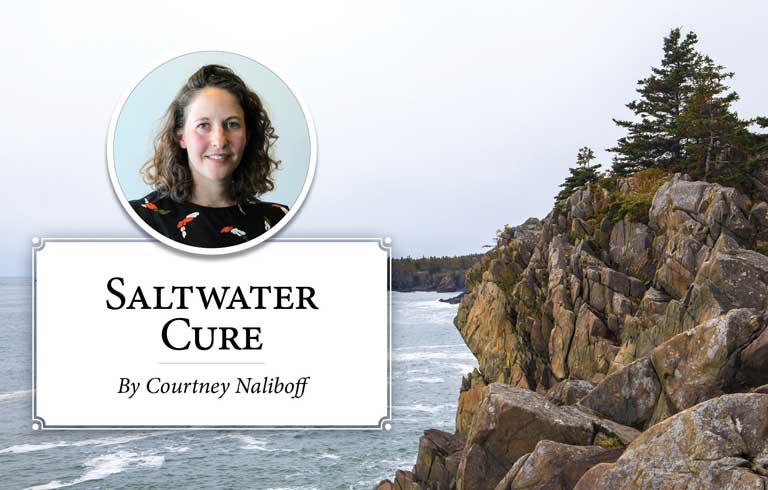It’s winter. This time of year usually feels like an extended denouement following the climax of Labor Day weekend, Indigenous People’s Day, and “the holidays,” meaning the blur of Thanksgiving, Chanukah, Christmas, and New Year’s. But this year, it’s more of the same.
We’ve been quietly isolated for months, especially since the late fall outbreak that shook us and reaffirmed the need for masking, distancing, and a complete lack of indoor, unmasked socialization.
With a sense of so much loss—of trust in elected officials, of connection to friends and family, of the preservation of traditions—I found it useful to take stock of what we still have.
There it is, sparkling in the sun, or flat and gray, swallowing snowflakes as they fall.
We still have each other, even though it can be a little more effort and a little less reward to connect via Zoom to light the Chanukah candles or decorate the tree. We still have the school, and our mission to educate students and fulfill their social needs is more important than ever.
We still have our creative lives. We watched and were charmed by Waterman’s Zoom reading of “A Child’s Christmas in Wales” on the solstice, and we’ve just started rehearsals for our entry into the virtual one-acts festival this March.
My band released a single and will be playing another show via Zoom later in January. We had our first practice since Halloween recently and singing with a mask isn’t as terrible as I thought it might be.
Bill and Penrose got me a new iPad for Christmas (my old one was about as old as my daughter, and not nearly as functional), and with it an Apple Pencil, and it’s inspired me to draw every day. It’s not something I do well at all, but that doesn’t take away from my enjoyment of it in the slightest.
Most constantly, we still have the ocean. The winter ocean feels a little more fickle than the summer waters, leaving sheets of ice in its wake as it recedes at low tide over the mud flats and roiling with storms. But there it is, sparkling in the sun, or flat and gray, swallowing snowflakes as they fall. And where there’s an ocean, there are swimmers.
A small group of us suited up recently, squeezing into several millimeters of neoprene wetsuits, hoods, boots, and gloves to experience the Mill Stream in winter. Unexpectedly, it had frozen over for about 50 feet from the causeway to the first crook.
It wasn’t the superficial skin ice I had assumed it to be, either—we found ourselves crashing through about a centimeter of coverage, leaving sharp-edged shards in our wake. The trick was to let your torso be the icebreaker, we realized. It was tiring, but also a wholly new experience for all three of us, and the ease of open water was twice as thrilling as a result.
There was a slight chop on the water as we set out, but it abated as we approached the bridge. One swimmer, who had also done a cold-water immersion that morning, and a long walk, hopped out a little early and met us at the car.
But my other friend and I persevered. It felt long, and a bit of a slog, compared to warmer swims. But it also helped to quell the sense of timelessness that has dogged me since last March. We started at point A, and swam to point B. It took a predictable amount of time. We accomplished something and reminded ourselves that for all we’re missing right now, there is much that we still have.
Courtney Naliboff teaches, plays music, and lives on North Haven.





